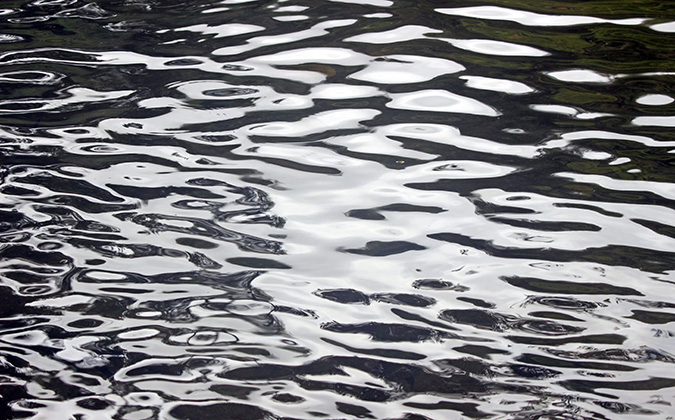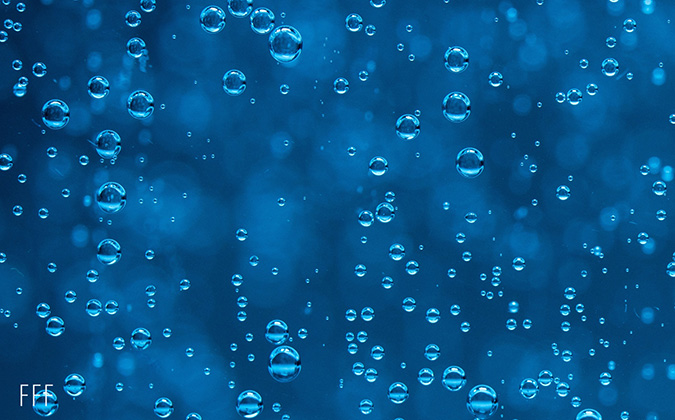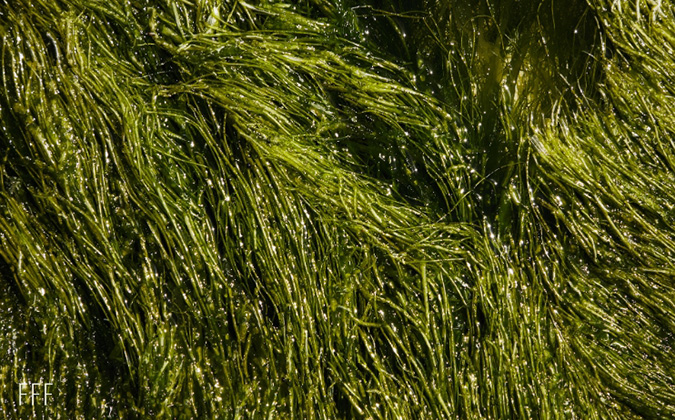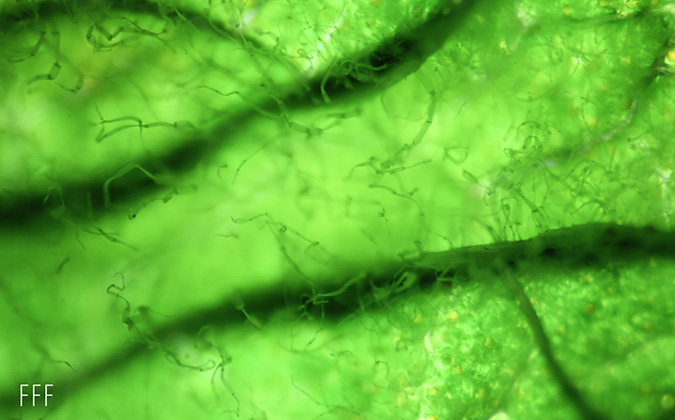
Low-light conditions affect tilapia survival and disease resistance
Light can affect the survival, growth and immune response of fish. New research shows that persistent exposure to low-intensity light decreases the survival rate of Nile tilapia but stimulates their disease resistance.
Nile tilapia is known to be a good model for evaluating the influences of environmental factors on cultured fish, because of its strong environmental adaptability. Researchers from Guangdong Ocean University, China, and South China Agriculture University studied the effects of different light intensities on aquaculture water quality and disease resistance in the species.
Three different light intensities were compared: no light (0 lx), reduced light (100 lx) and a natural light (500 lx) control group.
Natural light leads to optimal water conditions
The pH and ammonia content of aquaculture water were significantly lower in the no- and reduced-light groups than in natural light. Levels of nitrite and total phosphorus were higher with no light or reduced light than with natural light.
Water under no-light conditions had much higher numbers of heterotrophic bacteria — microorganisms that use organic carbon as food — Vibrio and coliform bacteria.
Numbers of all detected bacteria were lowest in the natural-light group, in which the pH was 8.1. The numbers of bacteria were significantly higher in the no-light group (7.5 pH) and the reduced-light group (7.7 pH). A pH of approximately 8 has been shown to have the strongest effects in reducing Vibrio and total coliforms in seawater, the authors said.
Low light pushes survival down, disease resistance up
The researchers found that the no-light treatment decreased the survival rate of fish to 90.6% by the 15th day, significantly lower than natural light. However, there was no obvious difference in survival rate between the reduced-light and natural-light groups.
Nile tilapia are visual predators, requiring a minimum light intensity to feed and grow normally. Complete darkness led to abrupt changes in the rearing conditions and growth environment, which decreased survival, the researchers said.
While low-intensity light seemingly decreased the survival rate due to reducing fish ability to carry out natural behaviors, it stimulated disease resistance in Nile tilapia. The expression of immune-related genes was significantly higher in the no-light and reduced-light groups.
You can read the full journal article in Plos One.
Posted on: June 15, 2022






